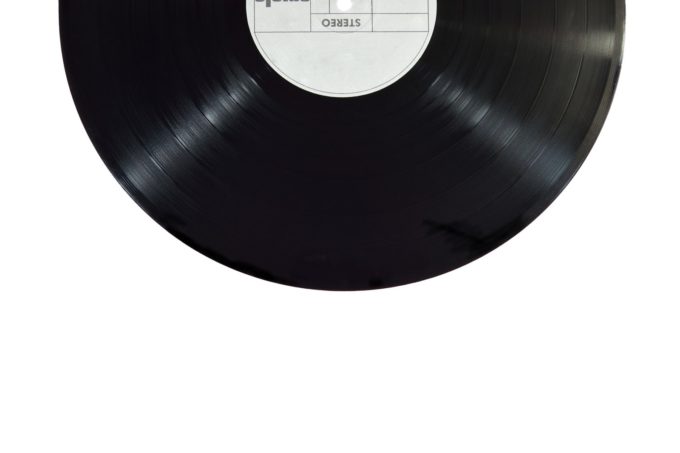
Williams v. Gaye: “Blurred Lines” Appeal Hearing Centers on Admissibility of Evidence About Original Sound Recording
By Yuntao Cui – Edited by Jaehwan Park
Recording of Oral Arguments, Williams v. Gaye, No. 15-56880 (9th Cir. 2017),
On October 6th, 2017, the U.S. Court of Appeals for the Ninth Circuit heard oral arguments in the appeal of the controversial “Blurred Lines” case.
In the 2015 trial court proceedings, the jury rendered a verdict finding Pharrell Williams and Robin Thicke liable for copyright infringement, based on the “substantial similarity” of their song “Blurred Lines” to the 1977 Marvin Gaye hit “Got To Give It Up.” The jury ordered Williams and Thicke to pay nearly 7.4 million dollars to Gaye’s heirs. The verdict aroused quite an uproar in the music industry. More than 200 musicians signed an amicus brief supporting the appeal, arguing that such precedent would create a profound chilling effect on the creative community.
Anandashankar Mazumdar of Bloomberg BNA covered the oral arguments before the court, writing that the appeal hinges on the issue of whether jurors should have heard evidence about the original sound recording of “Got to Give It Up.” Gaye’s recording was released in 1977, when sound recordings were not protected by the then-effective Copyright Act of 1909; only the copyright in the original composition was protectable. The jury was thus not allowed to listen to the original sound recording at trial. Instead, the jury heard a rendition of the song based only on the “lead sheet” deposited with the Copyright Office when the song was registered.
Williams and Thicke’s lawyer, Kathleen Sullivan, argued that the trial court had nonetheless erred by failing to explicitly instruct the jury to compare “Blurred Lines” only to the lead sheet and not the original recording of “Got to Give It Up.” In the brief presented to the court, she argued that the district court erred in relying on expert testimony that was improperly based on the sound recording. Because protection cannot go beyond the melody, lyrics, and instrumentation noted in the deposit copy, the case should not have been decided on the “groove and feel” of the songs.
Sullivan’s contention is not without support. In 2015, Professor Jennifer Jenkins of Duke Law School pointed out that “[m]any of the features that make the songs sound similar—including the falsetto and the use of a cowbell to provide rhythmic accents—were not part of Gaye’s composition. The core elements of the compositions—the melody and harmony in each song, for example—are not substantially similar.”
Gaye’s attorney, Lisa Shiavo, rejected the “flawed premise” that the jury could only consider the sheet music. Because Gaye never wrote the song down and the lead sheet was later prepared by a transcriber, she argued, the original recording was the best evidence of Gaye’s copyright in the composition. Shiavo, along with other supporters of the trial court verdict, further argue that the court should adhere to precedent and not second-guess the jury’s conclusion. The Ninth Circuit has never overturned a jury verdict in a music copyright case.
Yuntao Cui is a 1L student at Harvard Law School.